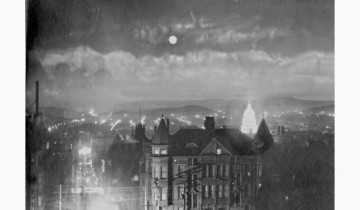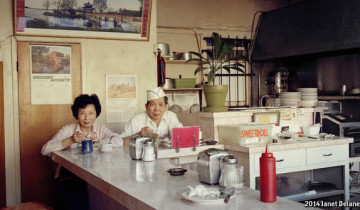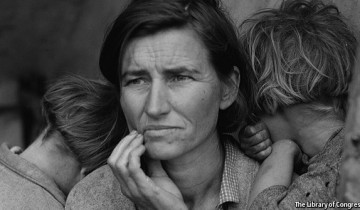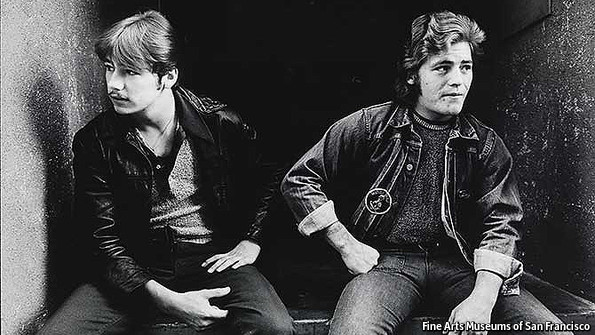 For the ECONOMIST: American interest in football is on the rise: they’re watching it on television and showing up for more games. Roughly 13m of them play football, making it the country’s third-most-popular participation sport, behind basketball and baseball. The New York City Football Club, a joint venture between the New York Yankees baseball team and Manchester City football club, will become the 20th Major League Soccer (MLS) club when it makes its debut next year.
For the ECONOMIST: American interest in football is on the rise: they’re watching it on television and showing up for more games. Roughly 13m of them play football, making it the country’s third-most-popular participation sport, behind basketball and baseball. The New York City Football Club, a joint venture between the New York Yankees baseball team and Manchester City football club, will become the 20th Major League Soccer (MLS) club when it makes its debut next year.
With this in mind, and in advance of the forthcoming World Cup in Brazil, Los Angeles—the only American city with two MLS teams—is hosting an exhibition dedicated to the sport. “Fútbol: The Beautiful Game” at the Los Angeles County Museum of Art will showcase more than 50 works by 30 artists which aim to explore nationalism, identity, globalism, mass spectacle and other themes often associated with the sport and its fans.
“We have some iconic works—addressing heroes—that are accessible, and others about myth and fantasy that you have to look harder at and feel the nuances,” says the curator, Franklin Sirmans. “The critiques throughout are subtle.”
This is an exhibition about modern sport, so video installations are of course part of it. “Zidane: A 21st-Century Portrait”, a 2006 film by Philippe Parreno and Douglas Gordon, is a portrait of Zinedine Zidane, a French footballing maestro, during the course of a single match. Stephen Dean’s 2003 film “Volta” depicts fan behaviour at a packed Brazilian football stadium set to samba music. Paul Pfeifer’s “Caryatid (Red, Yellow, Blue), 2008” shows a video loop of football players on three television screens.
The exhibition also features works by artists such as Mark Bradford, Mary Ellen Carroll, Petra Cortright, Andreas Gursky, Hassan Hajjaj, Robin Rhode, Andy Warhol and Kehinde Wiley. Much of it is celebratory, albeit a bit predictable. A series of photographs with titles like “Joy” and “Sorrow” show players displaying those emotions. “Soccer Ball Bag” is exactly that. Andy Warhol’s cheerful 1978 silkscreen “Pelé” could easily be repurposed as an advert.
Other works dig a bit deeper: some address how class might determine access to the sport, others tackle themes of stadium violence and hooliganism. One piece explores the homoeroticism of team celebrations, according to Mr Sirmans. How effectively these works will generate new discussion about the sport is unclear. Mr Sirmans argues that football brings people together physically, at a time of isolating technology. “The collectivity of the game, at a time when we further individualise ourselves on networks like Facebook, feels significant to me,” he says. “The stadium is the one place where we still have collective behaviour.”
Brazil has faced difficulties in preparing for the World Cup and much has been made of the dichotomy between its expensive new stadiums and lack of public infrastructure. The art displayed in “Fútbol” does not grapple with these issues directly, but the museum is hosting various discussions and events throughout the course of the exhibition’s run; perhaps new debate and illumination on the sport can surface from there.
Image: Andy Warhol, “Pele”



